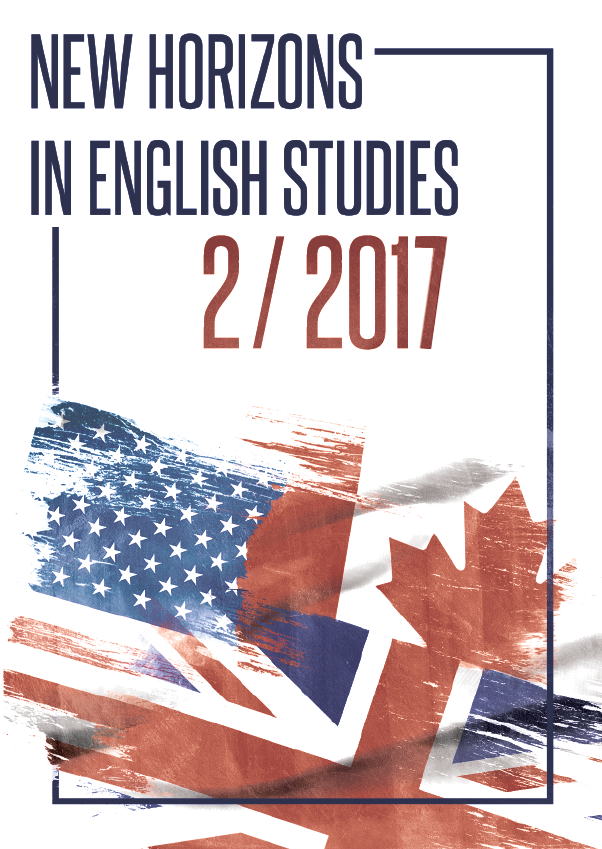The Translation Minefield On Specific Translation Challenges Posed by the Graphic Novel Form
The Translation Minefield On Specific Translation Challenges Posed by the Graphic Novel Form
Author(s): Jerzy SkwarzyńskiSubject(s): Language and Literature Studies, Studies of Literature, Other Language Literature, Translation Studies
Published by: Wydawnictwo Naukowe Uniwersytetu Marii Curie-Sklodowskiej
Keywords: multimodal translation;graphic novel translation;comic book translation;articulatory grammar;
Summary/Abstract: The comic book genre, or, to be more precise, medium (Chute and Dekoven 2012), like any other, creates many formal elements which influence the interpretation of the story and set particular technical boundaries to the amount of text presented: for example, through the size of speech bubbles. In this article, I outline how both features have an effect on the process of translation by comparing Adrian Tomine’s well-acclaimed (Diaz 2007, Fułek 2010, Goodreads n.d., Windolf 2007) graphic novel, Shortcomings, with its Polish translation by Agnieszka Murawska entitled Niedoskonałości. I also evaluate on the quality of the choices made by the translator. Formal components of the comics, such as the composition of frames on a page as well as the composition of images within the individual frames, the use of color or the design of diegetic space (Lefѐvre 2009), constitute how the readership (including the translator) combine the elements on the page, fill in the extradiegetic space, and thus interpret and receive the story (McCloud 1994). It is not just the text in the speech bubbles that has to be translated – it is also the way in which it corresponds to images, transitions between frames, symbolia, narration boxes or the lack thereof (Baetens 2002). Moreover, the technical constraints, such as the size of speech bubbles and narration boxes, are another feature of the medium which translators must conform to. Finally, the question of cultural references and the readers’ knowledge assumed by the author may pose a difficulty, which, upon translation of a graphic novel, can be solved in a number of ways, which Murawska exemplified in Niedoskonałości. In this article, I attempt to show that, in terms of translation, the elements of “articulatory grammar” (Zanettin 2008) are of utmost importance and cannot be ignored. The images and design, unlike the text, will not be replaced in any translated edition; thus, the translator must ensure that the translated version corresponds to those elements just as the original text does. Murawska’s translation of Shortcomings is a notable example of such rendition.
Journal: New Horizons in English Studies
- Issue Year: 2/2017
- Issue No: 1
- Page Range: 68-88
- Page Count: 21
- Language: English

